Planning to escape the crowded campgrounds? Dispersed camping in national forests offers an unmatched wilderness experience, but knowing the essential camping rules is crucial for both your safety and environmental preservation. Camp at least 100 feet away from any water source, stay within designated dispersed camping areas, and never exceed the 14-day limit within a 30-day period. Pack out everything you bring in – this pristine wilderness operates on a strict “Leave No Trace” policy. While permits aren’t typically required for dispersed camping, always check with your local ranger station first, as regulations can vary by forest and season. These untamed spaces offer incredible freedom, but they come with the responsibility of protecting our shared natural heritage for future generations.
Where You Can (and Can’t) Set Up Camp
Distance Requirements
When setting up your dispersed camping site, following proper distance requirements is crucial for both environmental protection and your camping experience. Keep your campsite at least 200 feet (about 60 meters) away from any water sources, including lakes, streams, and rivers. This buffer zone helps prevent contamination and protects sensitive riparian areas.
You’ll also need to maintain a distance of at least 150 feet from any developed trails or roads. Look for spots that are naturally cleared rather than creating new campsites. If you spot other campers, aim to set up at least 100 feet away to maintain privacy and minimize impact on the area.
Stay at least one mile away from developed campgrounds, picnic areas, and other recreational facilities. In popular areas, you might notice established dispersed sites – these are perfect spots to use as they’re already impacted and help prevent the creation of new campsites.
Pro tip: Use the “rule of thumb” method – if you hold out your thumb at arm’s length, your campsite should be far enough that any water source, trail, or developed area appears smaller than your thumb.

Stay Duration Limits
When camping in national forests, it’s important to know how long you can stay at your chosen spot. Most national forests allow dispersed camping for up to 14 consecutive days within a 30-day period. After your two-week stay, you’ll need to move at least 5 miles away from your previous campsite.
Here’s a helpful camping tip: Keep track of your arrival date, as rangers regularly patrol dispersed camping areas and monitor stays. Some popular areas might have shorter stay limits during peak seasons, so it’s always smart to check with the local ranger district before setting up camp.
After completing your 14-day stay, you’ll need to leave the general area entirely for at least 16 days before returning. Think of it as giving the land a chance to recover and allowing others to enjoy the spot too! This rotation system helps preserve the natural environment and prevents any single area from experiencing too much impact from extended camping.
Remember that these limits apply to the entire ranger district, not just your specific campsite. Plan your trip accordingly and consider exploring different areas of the forest to make the most of your outdoor adventure.
Fire Safety and Regulations
Fire Permit Requirements
Before starting your campfire in the national forest, you’ll need to obtain a fire permit – it’s a crucial step that helps protect our wilderness. These permits are typically free and can be obtained from your local ranger station or online through the forest service website. During peak fire season (usually summer months), there might be complete fire bans in place, so always check current restrictions before your trip.
Pro tip: Download and save your fire permit on your phone, as cell service can be spotty in remote areas. Most permits are valid for the entire camping season, but regulations can change quickly based on weather conditions and fire risk levels.
Remember to only use established fire rings when available, keep your fire small, and always have water and a shovel nearby. Some areas require you to use designated fire pans or elevated fire mats to minimize impact. Before leaving your campsite, ensure your fire is completely out – cold to the touch – and properly disposed of.
Fire Ring Guidelines
When it comes to campfires in national forests, always prioritize using existing fire rings when available. These established spots help minimize our impact on the forest floor and prevent the creation of unnecessary scars on the landscape. If you’re in an area without a fire ring, create a small one using rocks from the immediate area, but avoid collecting rocks from streambeds where they protect aquatic habitats.
Keep your fire ring compact – about 3 feet in diameter is perfect for most camping needs. Always clear a 10-foot area around your fire pit of any flammable materials, including pine needles, leaves, and branches. Place your firewood upwind and well away from the fire.
Remember to never leave your fire unattended, and always keep water and a shovel nearby. Before heading out, check current fire restrictions – some seasons or conditions might mean no fires are allowed, even in established rings. When breaking camp, ensure your fire is completely out and cold to the touch.

Waste Management and Environmental Protection
Protecting our beautiful national forests starts with responsible waste management. Always follow the “Pack it in, Pack it out” principle – everything you bring to your campsite must leave with you, including trash, food scraps, and gear.
To minimize your environmental impact, set up your bathroom area at least 200 feet away from any water sources, trails, or campsites. Dig a cathole 6-8 inches deep for human waste, and pack out your toilet paper in a sealed bag (yes, all of it!). Pro tip: bring a dedicated “waste bag” with a good seal to make this task more manageable.
When it comes to washing dishes or yourself, use biodegradable soap and scatter the grey water broadly, again at least 200 feet from water sources. This helps prevent contamination and protects local wildlife. Speaking of wildlife, store all food, trash, and scented items in bear-resistant containers or hang them at least 10 feet high and 4 feet from the trunk of a tree.
Fire ash should be completely cold and scattered widely or packed out. Never bury trash or food scraps – this can attract animals and harm the ecosystem. Remember, future campers and wildlife depend on your responsible choices. A clean campsite isn’t just about aesthetics; it’s about preserving these amazing spaces for generations to come.
Required Equipment and Documentation
Before heading out for your dispersed camping adventure, make sure you’ve got all the essential paperwork and gear ready. First up, you’ll need a valid Recreation Pass or America the Beautiful Pass displayed in your vehicle at all times. Some national forests may require additional permits for specific areas, so check with the local ranger station before your trip.
Pack smart with eco-friendly camping equipment that leaves minimal impact on the environment. Essential items include:
• A reliable tent or shelter
• Weather-appropriate sleeping bag
• Basic first aid kit
• Topographic maps of the area
• Compass or GPS device
• Bear-resistant food container (required in many areas)
• Water filtration system
• Waste disposal bags
• Fire permit (if planning to have a campfire)
Don’t forget to bring identification and emergency contact information. I always recommend taking photos of your documentation and storing them on your phone as backup. Keep a printed copy of the forest’s dispersed camping guidelines, which you can get from the ranger station or download from the forest’s official website.
Pro tip: Save the contact information for the nearest ranger station and local emergency services in your phone. Cell service can be spotty in national forests, so having this information readily available is crucial for safety.

As you embark on your dispersed camping adventure, remember that being a responsible steward of our national forests ensures these pristine spaces remain available for future generations. Stay up-to-date with local ranger district regulations, as rules can change seasonally. Consider learning to camp responsibly through educational programs offered by forest services. Always pack out what you pack in, maintain proper food storage to avoid wildlife encounters, and respect quiet hours and distance requirements from water sources. Sign up for forest service newsletters or follow their social media channels to receive timely updates about rule changes, closures, or fire restrictions. By camping thoughtfully and staying informed, you’ll help preserve these beautiful wilderness areas while creating lasting memories in nature.



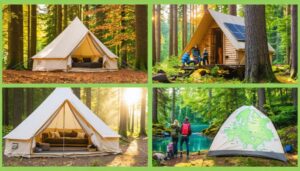


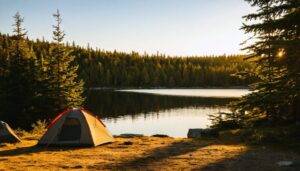


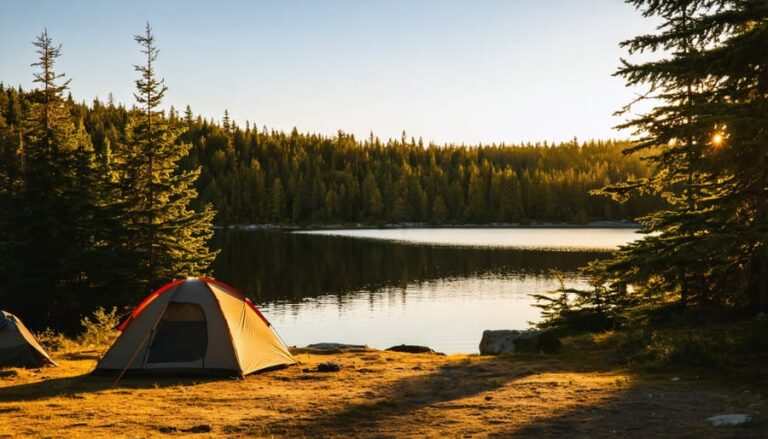
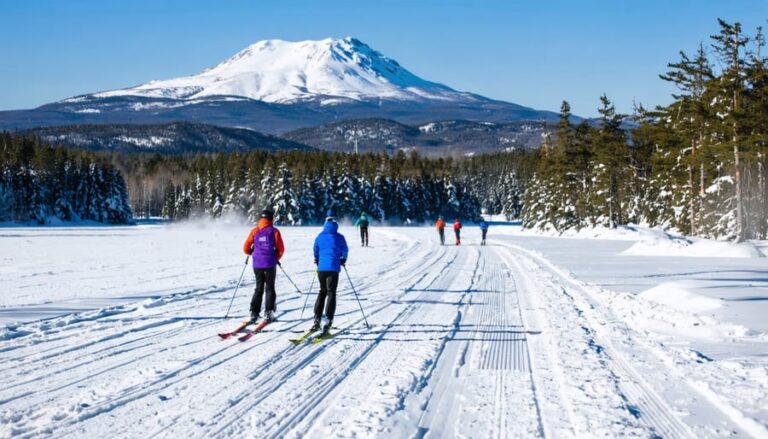

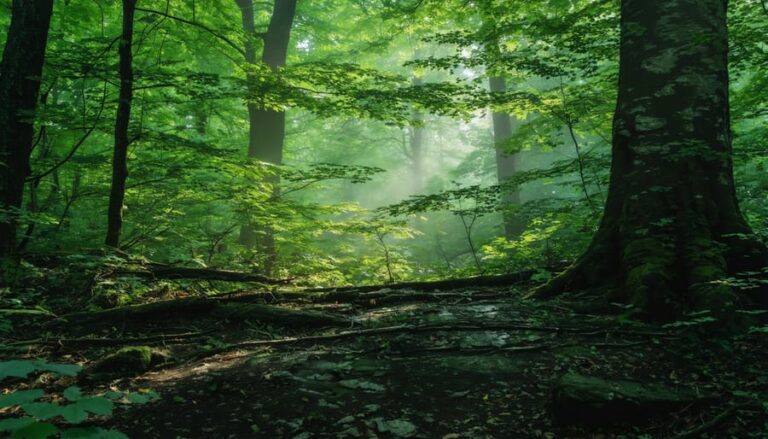
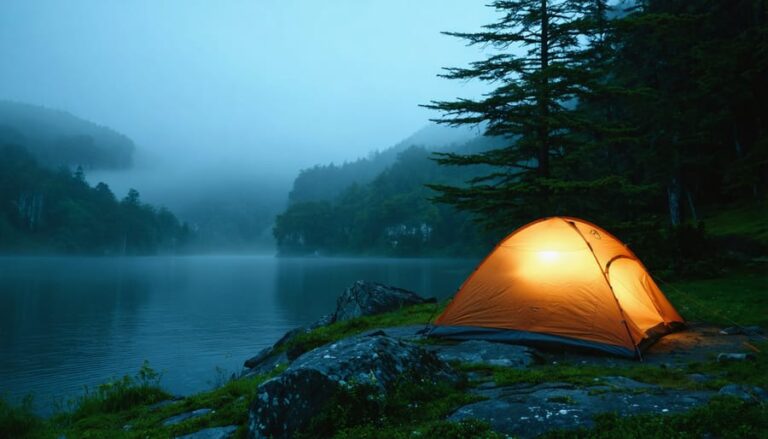
+ There are no comments
Add yours